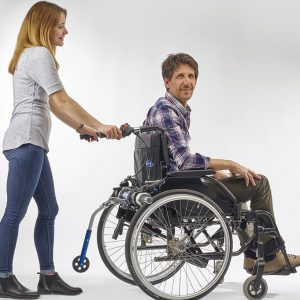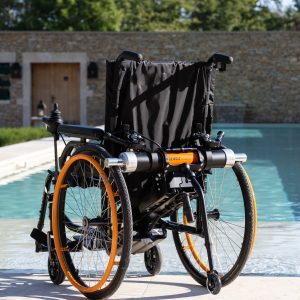×
- COVID-19 Update
- Mobility Aids
- 🔥 MOBILITY MEGA SALE! 🔥
- World-Class Aids
- Falls Management & Prevention
- Transfer, Lifts & Hoists
- Rollators & Walking Aids
- Wheelchairs
- Wheelchair Power Assist
- Recliners & Lift Chairs
- Pressure Relief Cushions
- Bathroom Aids
- Toileting
- Portable Ramps
- Standing and Balancing
- Emergency & Evacuation
- Bedroom Aids
- Brands
- Vehicle Access
- Find A Dealer
- Become A Dealer
- Funding
- Guides
- Videos
- Contact Us



